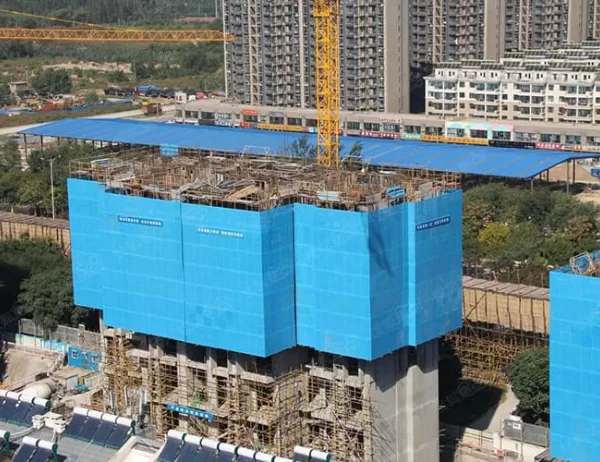In the realm of modern architecture, where form meets function, innovation has taken center stage. Aluminum molding profiles, with their exceptional versatility and aesthetic allure, are shaping the future of design.
Aluminum, a lightweight and durable material, lends itself seamlessly to the creation of intricate forms. Its malleability allows for the fabrication of sleek curves, sharp edges, and intricate patterns, pushing the boundaries of architectural expression.
The use of aluminum molding profiles in modern architecture has transformed facades, windows, and interiors. Sleek, minimalist lines create a sense of elegance and sophistication, while complex geometric shapes add depth and character. The ability to customize these profiles to specific designs enables architects to create truly unique and eye-catching structures.
Furthermore, aluminum’s high corrosion resistance makes it an ideal choice for exterior applications. Whether exposed to rain, wind, or salt, aluminum molding profiles maintain their structural integrity and aesthetic appeal. They provide a durable and weather-resistant barrier, ensuring the longevity of architectural masterpieces.
Beyond aesthetics and durability, aluminum molding profiles offer practical advantages. They act as thermal barriers, reducing heat transfer and improving energy efficiency. Their lightweight nature simplifies installation, reducing costs and construction time. Additionally, their fire resistance makes them a safe and reliable option for both residential and commercial buildings.
As technology advances, the capabilities of aluminum molding profiles continue to expand. Computer-aided design (CAD) software allows for precise and complex designs, while new manufacturing techniques enable the production of previously unimaginable shapes. The result is a limitless array of design possibilities, empowering architects to envision and create structures that were once thought impossible.
In the future of design, aluminum molding profiles will continue to play a pivotal role. Their versatility, durability, and aesthetic appeal make them the perfect material for shaping the built environment. From soaring skyscrapers to intimate interiors, these profiles will transform the way we live and experience architecture.




